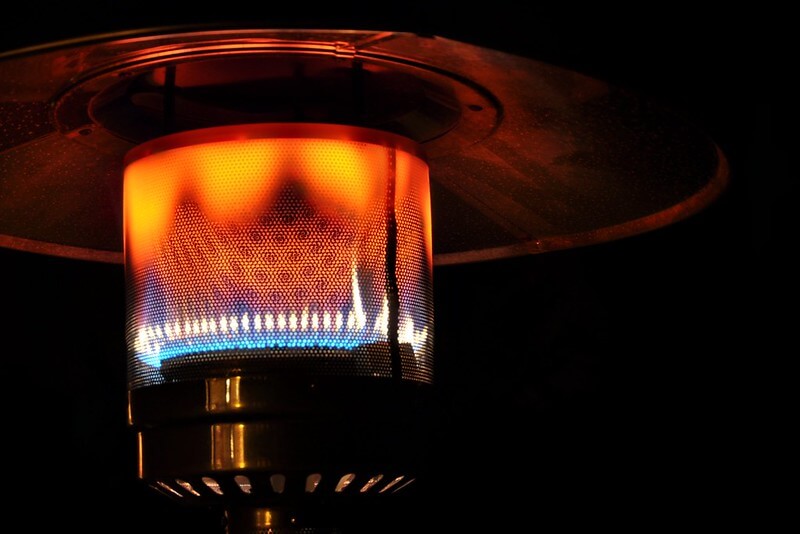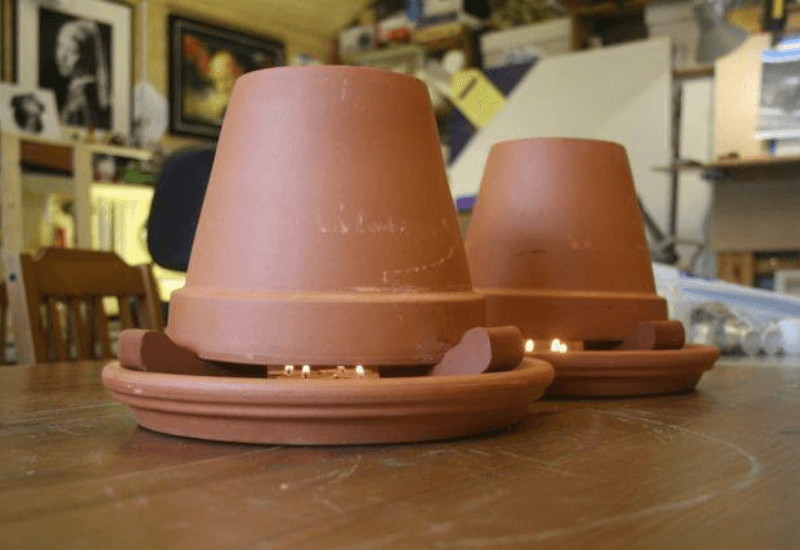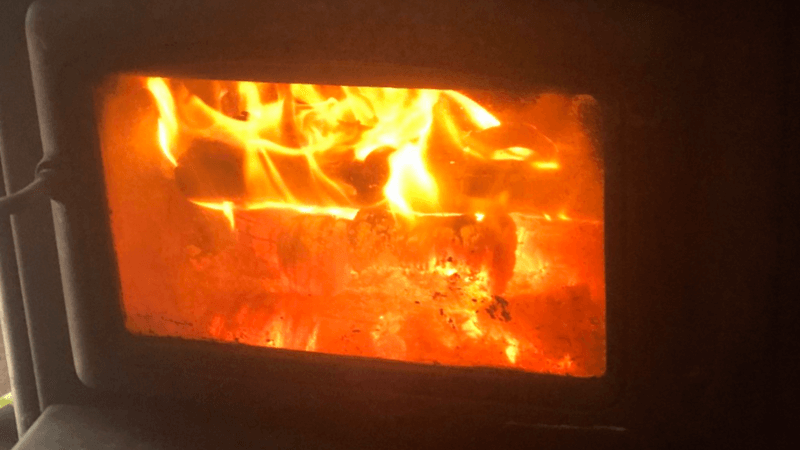With energy prices soaring and no relief in sight, homeowners are looking for alternative ways to keep their homes cozy without depending on electricity. Is it possible to heat a room without electricity? Yes, there are different alternatives to heating a home without electricity.
In this article, we’ll explore several ways to heat your home without electricity, how to keep warm, and safety precautions when using electricity alternatives for heating.
How to Heat a Home Without Electricity
Use a Wood or Pellet Stove
Wood-burning stoves have been around for over 100 years and have always been used for heating homes. Here in the USA, wood-burning stoves are still found in the northern parts where cold winters hit harder. They are a good alternative to electric or gas furnaces, which have grown in popularity recently.

Unlike wood-burning stoves, pellet stoves use sawdust or wood shavings as a source of heat. Pellet stoves come in different sizes and styles, so you can get one that fits your home and style.
If your room has a fireplace or pellet stove, make the most of it to heat the space. Keep safety and ventilation in mind when starting and putting out the fire.
Natural Gas or Propane Heater
Consider a natural gas or propane heater if you want a portable alternative for occasional use. These space heaters can provide much more heat than fire and work both indoors and outdoors.

Propane heaters boast up to 99 percent efficiency when used for heating a home. They are convenient and can quickly heat up a room as a backup option to electricity. When shopping for a propane heater, make sure to take all the necessary requirements from storage to your home’s ventilation.
Build a Clay Pot Heater
A terra-cotta pot and a few candles can heat a room without electricity. Clay transfers heat through radiation, convection, and conduction. You’ll need two unglazed pots, one larger and one smaller, to create an air gap between the pots to retain heat.

Connect the pots with a bolt, washers, and nuts, then place them upside down on a pair of bricks. Place one or two lit candles underneath the pots with the flame reaching halfway up the pot, and wait until your space gets warm. This option works best for small rooms, but you can make several terra-cotta heaters for larger spaces.
Use Wind to Heat a Home
According to Clean Energy Resource Teams, small wind turbines have the capacity to generate one to 100 kilowatts. This can be a great alternative to provide your home with enough power to heat and also other perform other extra power for other tasks, such as running house lights, heating water, etc.
A small wind electric system is mounted on a tower to enable better access to stronger wind currents.
However, using wind to heat your home will work if you live in a windy area, you have enough space, and taller towers are allowed in your neighborhood. Setting up and getting a small wind electric system is also costlier upfront. However, once done, you don’t have to worry about using electricity in your home for heating.
Try Passive Solar Heating
Passive solar technology uses sunlight to create heat that is used for ventilation and heating a home. These systems convert the sun’s rays to heat, which is stored and later used to warm a home to keep it comfortable.

Unlike solar heating systems, passive solar heating systems use building elements to capture and also release heat. To be successful, passive solar heating systems must have some basic elements. Properly oriented windows, thermal mass, distribution mechanisms, and control strategies should work together to succeed.
How to Keep Your Home Warm
Check our Room’s Seals and Insulation
Gaps let cold air into the room and allow heat to escape, making it impossible to stay warm. Ensure the doors and windows shut properly, and install windows films and draft stoppers, too. Also, inspect and repair your roof to improve your home’s heat retention.
Make the Most of Sunshine
Nothing warms a room more than the sun’s rays streaming through the windows, But go a step further and consider your furniture and décor. A dark-colored sofa naturally absorbs more heat, so move it close to the windows and walls facing the sun. By nighttime, your furniture will feel quite warm from the passive heat during the day. But check that your upholstery fabric can withstand sunshine without damage.
Load up on Blankets & Rugs
Cotton, wool, fleece, and down are among today’s warmest blanket materials. These natural fibers trap air and keep your bed or couch warm, taking you less time to heat up when you get under the covers. Wool rugs are also ideal for covering cold floors. Try adding an extra layer of insulation material underneath your rug to retain your floor’s heat.
Safety Precautions When Heating a Room
- Watch out for children and pets – Keep open flames and heat sources away from kids and pets to avoid accidents and injury. Also, keep all flammable materials away from them, including toys or paper objects.
- Check your carbon monoxide detectors – If you use an open fire, propane space heater, or clay pots to heat a room without electricity, ensure your CO detectors are fully functional. These alternative heating options can generate toxic carbon monoxide.
- Slightly Open a window for ventilation – Don’t completely seal your room when using these heating alternatives. An airtight space may increase the chances of carbon monoxide poisoning. Instead, keep a window ajar to allow for proper circulation.

